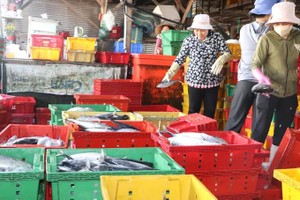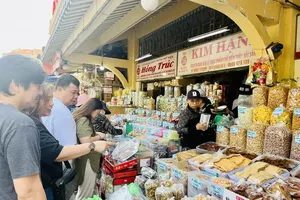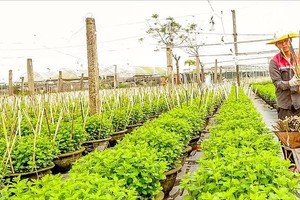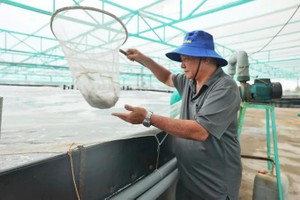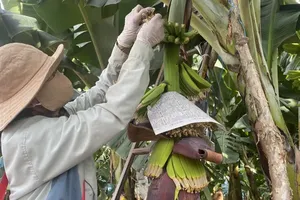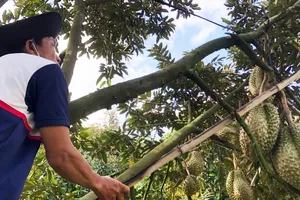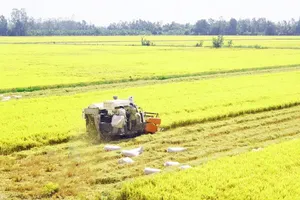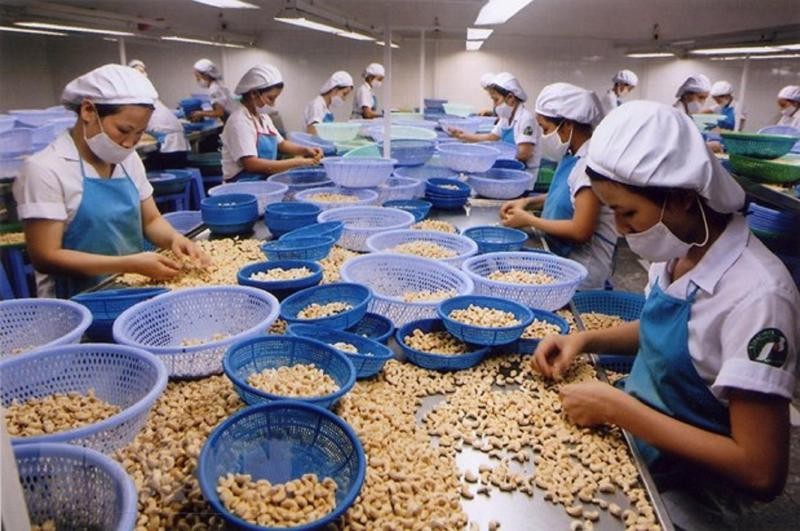
The MoIT’s Industry and Trade Information Center and the Agency of Foreign Trade released an agricultural, forestry, and fishery market bulletin covering the first five months of 2025 on May 21.
Data showed that in April alone, Vietnam exported 73,413 tons of cashew nuts worth $494 million, marking a 9.6 percent increase in volume and a remarkable 37.9 percent surge in value year-on-year. The average export price rose to $6,730 per ton, up 25.8 percent from April 2024.
In the first four months of the year, total cashew exports reached 195,608 tons, generating $1.33 billion in revenue. Despite a 10 percent drop in volume compared to the same period in 2024, higher export prices helped lift overall earnings by 14.4 percent.
The Agency of Foreign Trade highlighted that China has overtaken the US as the leading importer of Vietnamese cashews. Exports to China soared to 23,758 tons, valued at $149.1 million — a year-on-year increase of 74.4 percent in volume and 113 percent in value. In contrast, shipments to the US fell sharply, down 24.9 percent in volume and 4.2 percent in value, totaling 13,528 tons and $92 million.
Other markets such as the Netherlands, UAE, Japan, and the Philippines also showed positive growth. However, exports to traditional destinations like Germany, the UK, Australia, and Russia continued to decline.
In Turkey, an emerging market with surging demand, Vietnamese cashews dominated, accounting for 83 percent of the country’s total imports in the first quarter of 2025. Vietnam exported 6,180 tons to Turkey, worth $46.97 million, with an average price of $7,601 per ton — far outpacing competitors like Ivory Coast and Tanzania.
The MoIT forecasts that Vietnam’s cashew exports will remain on an upward trajectory thanks to growing demand in Asian and Middle Eastern markets. However, it cautioned exporters about intensifying competition from African producers such as Tanzania and Ivory Coast, which are rapidly scaling up their production and processing capacities.
In related news, China has approved 829 growing area codes and 131 packing facility codes for Vietnamese durian, according to the Ministry of Agriculture and Environment. This development is considered a positive sign, especially amid a slump in durian exports compared to last year.
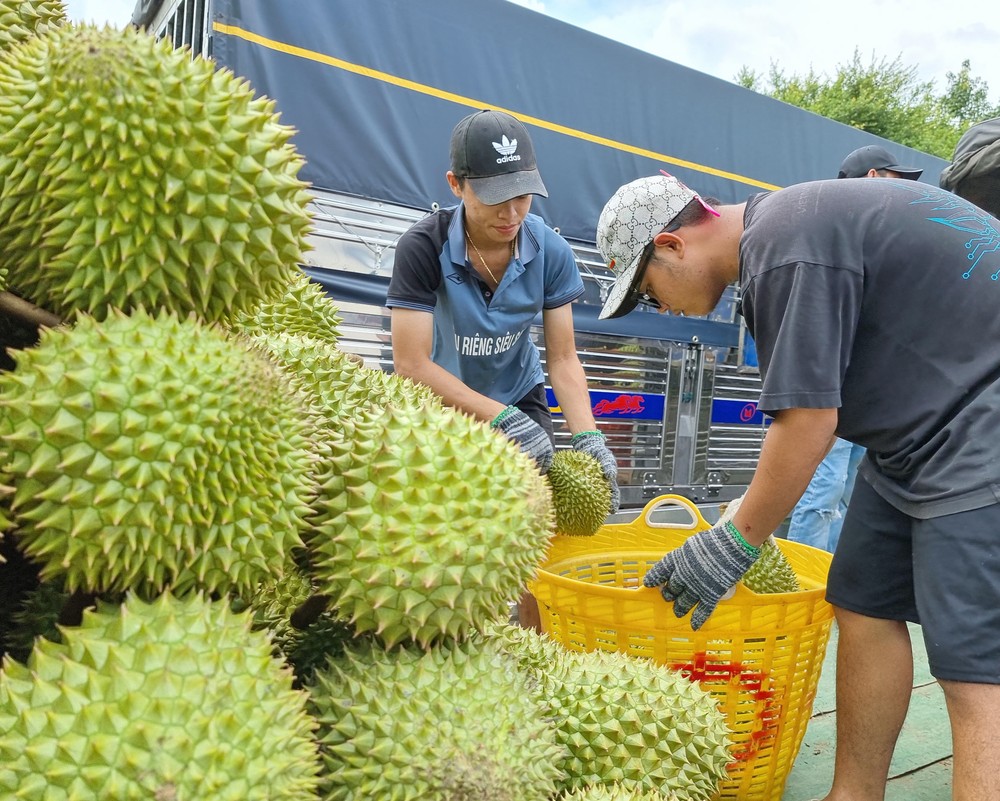
The Plant Protection Department reported that China’s General Administration of Customs (GACC) officially updated the list of approved durian planting and packing sites in Vietnam on May 21. The department noted that this expansion would facilitate greater export volumes to the Chinese market. It urged local authorities and businesses to seize this opportunity while strictly adhering to phytosanitary and food safety standards to ensure sustainable exports.
As previously reported by Sai Gon Giai Phong Newspaper, Vietnam’s durian exports to China fell sharply in the first four months of 2025, totaling just $130 million (around 35,000 tons), compared to more than $500 million during the same period in 2024. The decline stemmed largely from stricter Chinese inspections for cadmium and auramine O residues, with 100 percent of shipments now required to have test certificates from accredited laboratories. This regulatory tightening forced many exporters to pause shipments to update paperwork, disrupting supply chains.
The drop in export demand has caused domestic durian prices to plummet, with farm-gate prices falling to VND35,000–120,000 per kilogram, a sharp decline from nearly VND200,000/kg at the same time last year.
At a May 8 meeting on addressing export challenges, Minister of Agriculture and Environment Do Duc Duy directed urgent measures to revive the durian trade. The ministry will work with Chinese customs to resolve technical barriers and expedite the issuance of planting and packing codes. It is also accelerating the development of an official phytosanitary protocol for durian exports in 2025.


